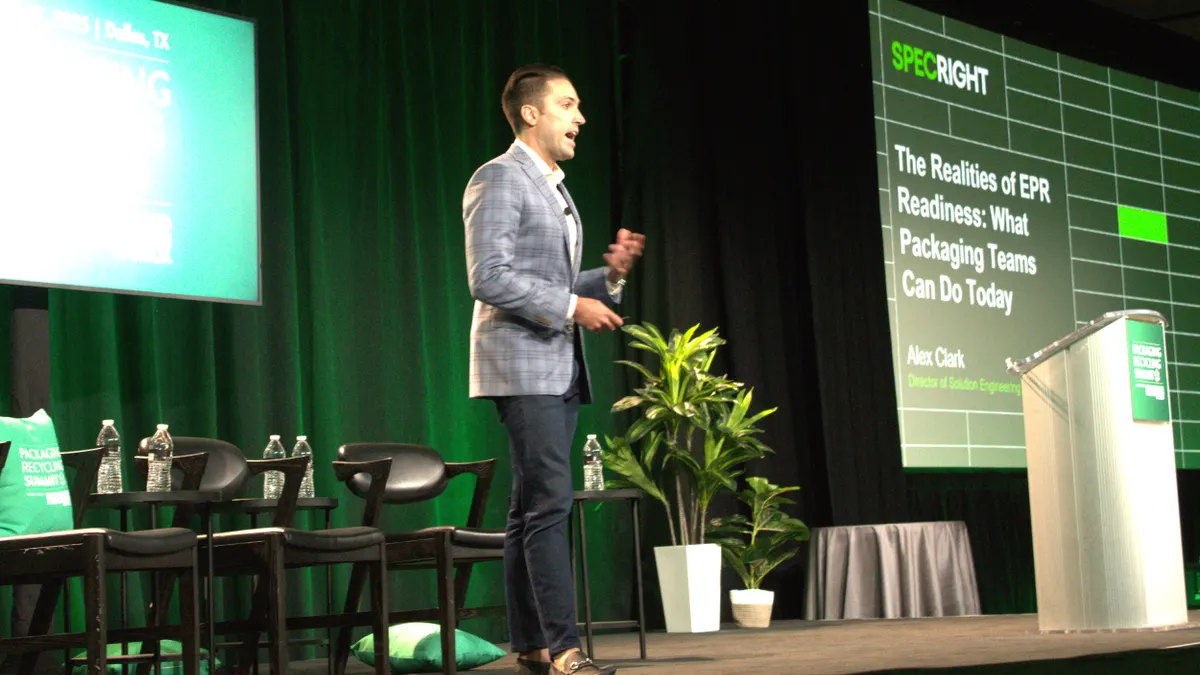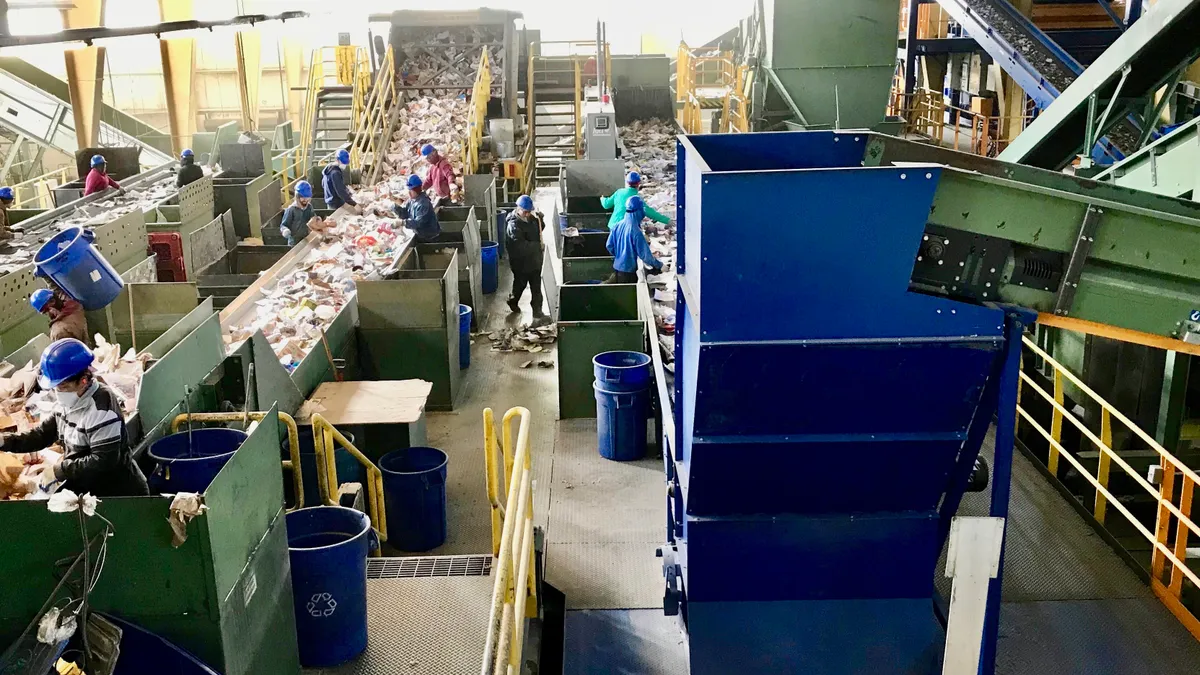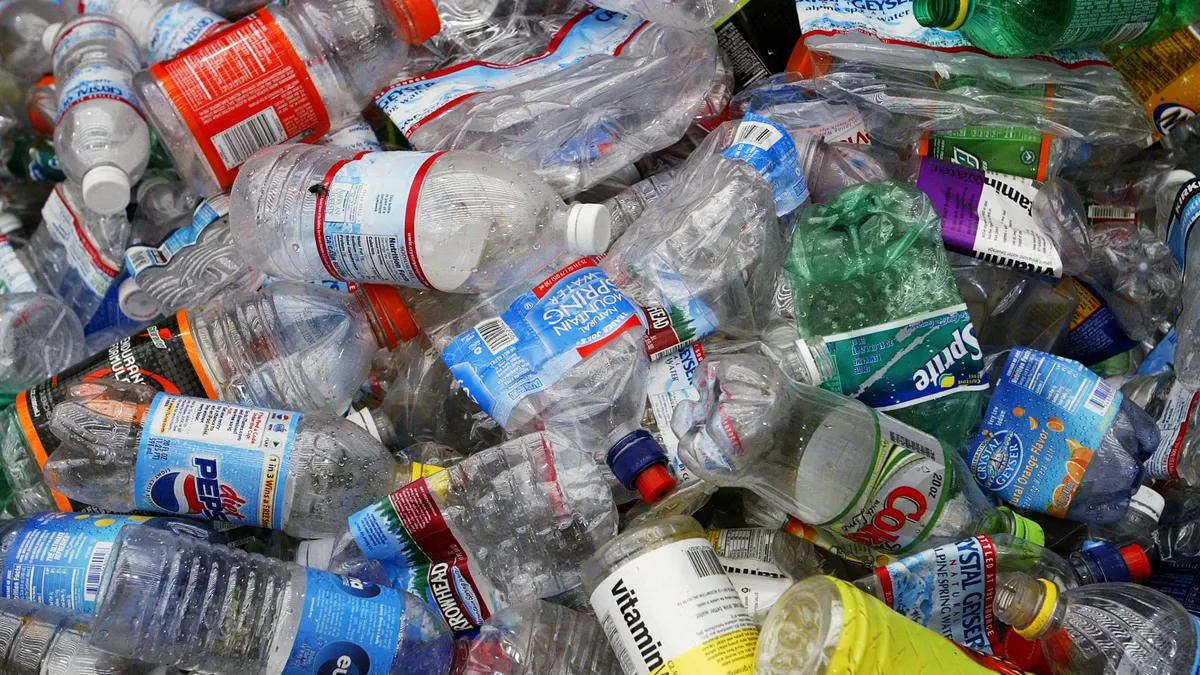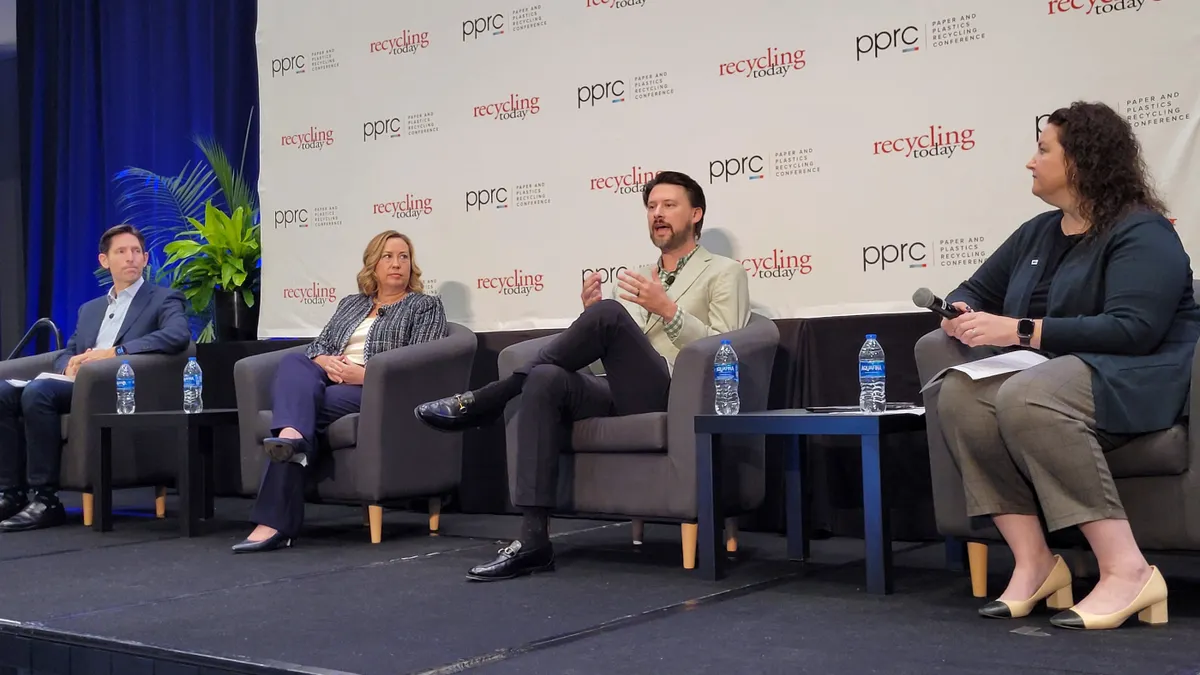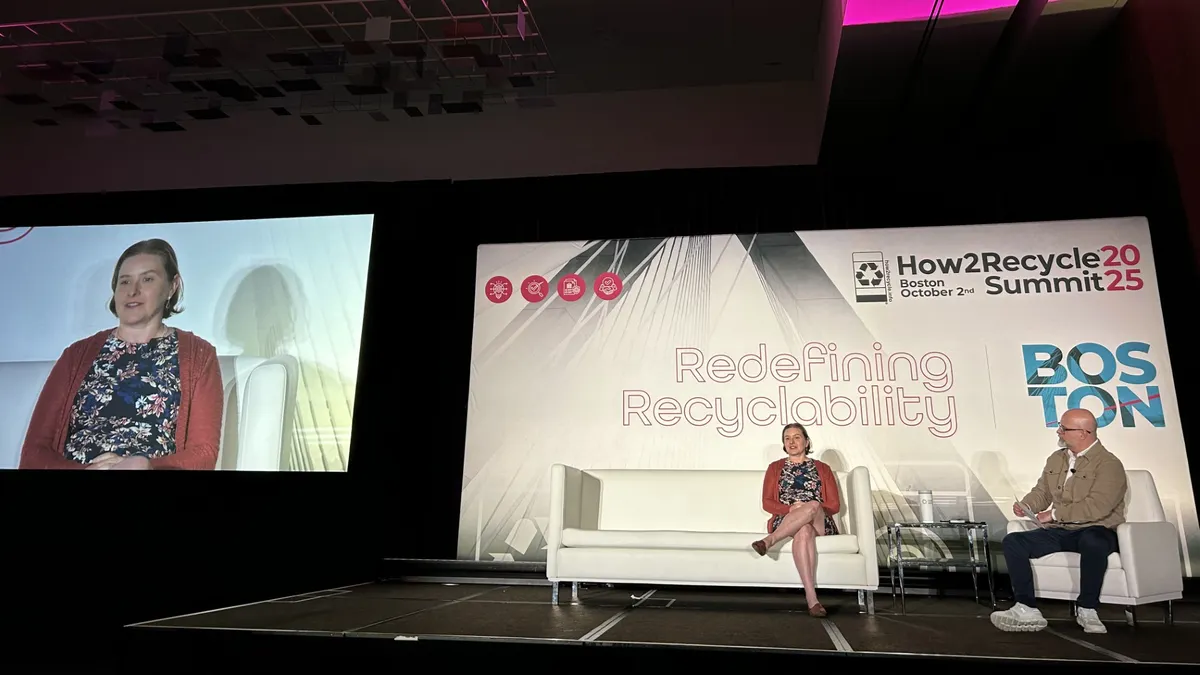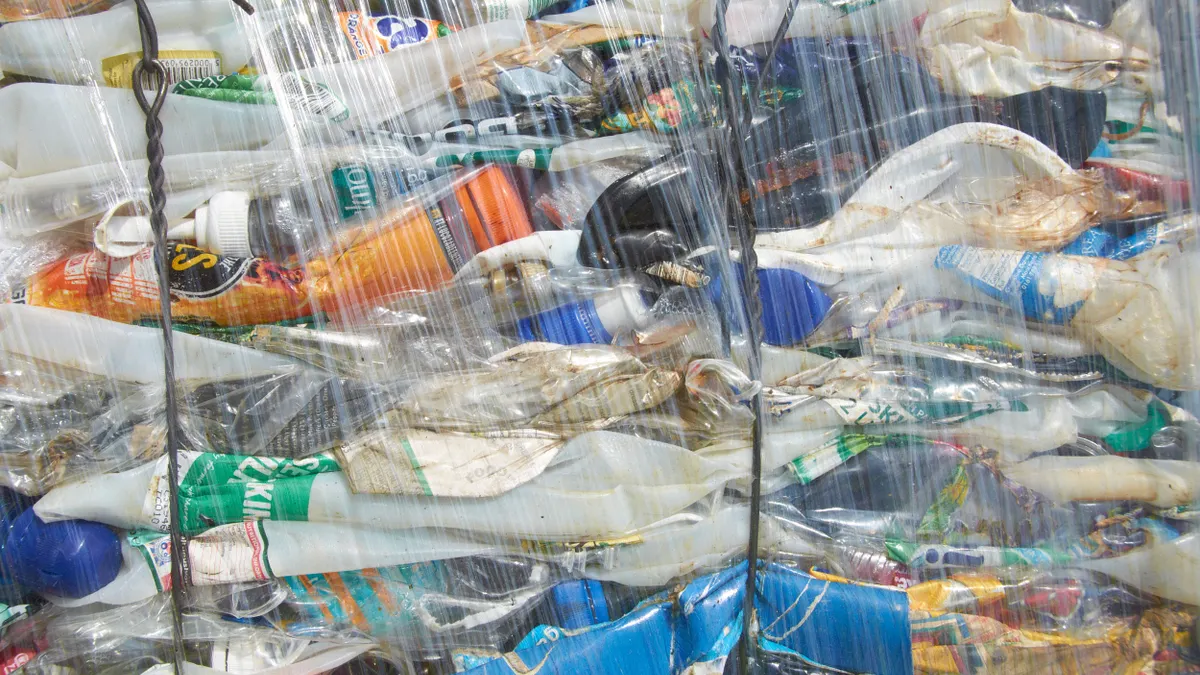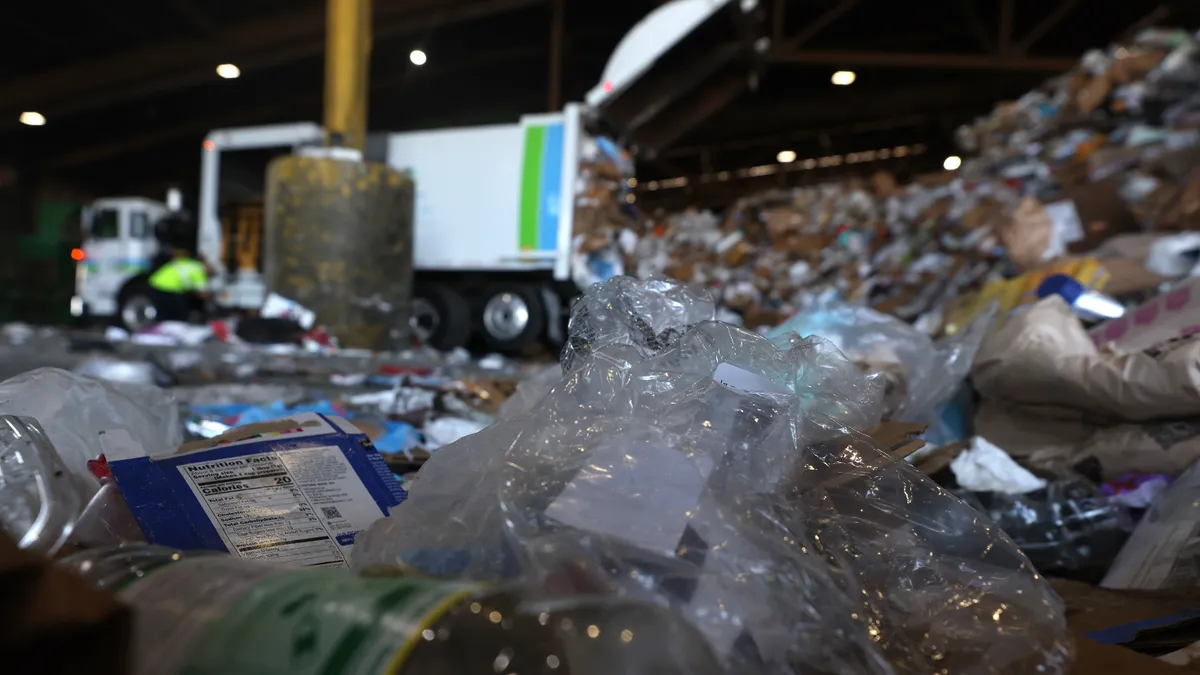Two weeks after the United States’ first extended producer responsibility for packaging law took effect in Oregon on July 1, questions still circulate about the myriad implications for brands and packaging manufacturers. Days before that implementation date, EPR was perhaps the most hotly discussed topic at the Packaging Recycling Summit in Irving, Texas, from June 25-27.
Ambiguity peppers many EPR discussions, but one thing is evident: The concept is reshaping the United States' packaging industry in major ways.
In more than 30 years of working in the packaging sustainability space, "I've never seen as much change happen. And I will tell you, I believe that's because of extended producer responsibility," said Paul Nowak, executive director at GreenBlue. "We are in a watershed moment."
EPR talk crept into nearly every educational session at PRS, with many discussions centering on overcoming difficulties encountered so far. Speakers described what they’ve learned and how they're navigating the EPR landscape going forward, while emphasizing the situation is still unfolding and strategies are dynamic at times.
Tense moments and sleepless nights arose in the lead-up to Oregon's March 31 deadline for producers to report 2024 data, when few had reported yet, said Jeff Fielkow, CEO at producer responsibility organization Circular Action Alliance. He likened the last-minute scramble to tax season, and noted that CAA is prepared for the possibility of similar activity before Colorado's reporting deadline on July 31.
SC Johnson is among those companies that submitted its data just a few days before the deadline this spring, and "it was an interesting journey," said Jeff Bezzo, executive director of plastic and packaging sustainability. He described the company's previous, voluntary efforts since 2019 to digitally report its data to the Ellen MacArthur Foundation and The Consumer Goods Forum, but said adjustments are necessary to comply with states' reporting requirements.
For instance, the company’s existing system didn't pull data from all business units, such as for brands like Sun Bum that SC Johnson had acquired in the last five years.
“So we had to go back ... and actually started to weigh packaging and do all that exercise and create a database," Bezzo said. “The other thing that caught us a little bit was the Oregon legislation, and then into rulemaking, really got more inclusive of product categories.” He said that long-length plastic storage containers, such as storage totes, are included, for example.
“One learning from Oregon that we're taking forward in that respect is now we have a list of questions that we're asking” when compiling data for other states, Bezzo said. “And then ultimately, CAA can confirm are we thinking about this the right way?”
As Colorado's reporting deadline approaches, “what we're doing now is asking some of those same questions. Like, are Ziploc bags included under the definition?” he said. The company is also scrutinizing direct-to-consumer products and tertiary packaging.
Figuring out what data to report and to whom is a common hangup, according to multiple speakers.
“Most companies struggle with EPR not because they don't care, but because they're struggling to find the right data,” said Alex Clark, director of solution engineering at specification management platform company Specright. “Brands don't own their own packaging data, so bringing suppliers into your spec data process becomes an essential part of a successful EPR strategy.”
One area where CAA and companies progressed during Oregon’s process was figuring out exactly who needed to report in that state, Fielkow said. While there's a “massive learning curve” with EPR reporting, large companies that already do business in other countries with EPR programs have some familiarity with preparation and processes, he said.
Examining other countries' experiences with EPR can also prevent some barriers from arising in the U.S. as those programs are developed.
"When we look at Canada, for example, and you draw the parallels of the fact that there's a significant lack of harmonization across the [provinces], the confusion, the hurdles that that is going to create — that's a big issue," said Jonathan Quinn, CEO at the U.S. Plastics Pact.
Harmonization is a common item on EPR wish lists.
"We can get in front of future states' [laws] if we can get ... a framework around definitions, so that when states do start to implement [EPR] that they all have that same definition for us as producers," SC Johnson’s Bezzo said. "That's the hardest part, honestly, in terms of the amount of time that we spend between government relations, myself on the packaging side, and even some of the administrative burden from reporting."
CAA's Fielkow encouraged companies to reach out for guidance on maneuvering through reporting and other EPR requirements. Speakers also stressed not to wait until the last minute to come into compliance.
"Start now. Even if it's small [progress], your future self will thank you," said Specright’s Clark.


